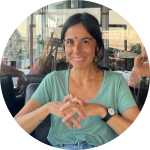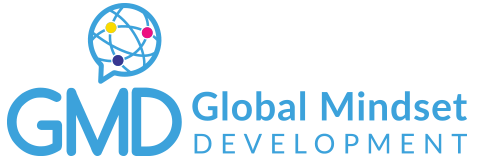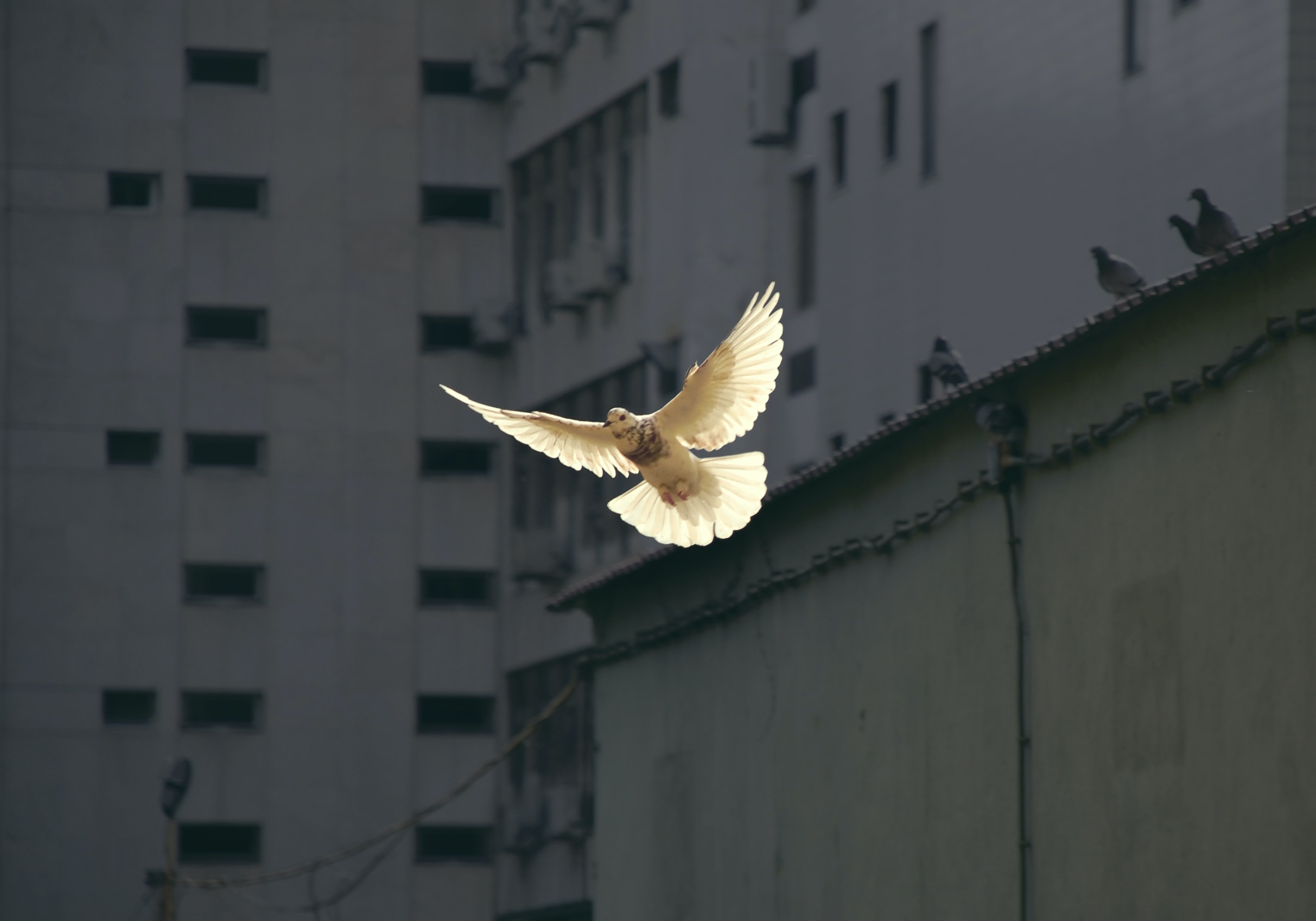Neve Shalom Wahat al-Salam: an Oasis of Peace
The village of Neve Shalom Wahat al-Salam, which means Oasis of Peace in Hebrew and Arabic, was created in the 70s on a hill equally distant from Jerusalem and Tel Aviv. The mission, successfully accomplished in the decades, was to create a model of equality, mutual respect, and partnership between Jews and Palestinians, that challenges existing patterns of racism and discrimination as well as the permanent state of conflict.
Here is an interview with Giulia Ceccutti, a member of the board of directors of the Associazione Italiana Amici di Neve Shalom Wahat al-Salam/Italian Friends of Neve Shalom Wahat al-Salam.
Now, the Association is advocating for a Humanitarian Aid program for the hospitals in Gaza, with the help of doctor Raid Haj Yahya, a resident of the community and doctor for Physicians for Human Rights Israel. Due to the catastrophic humanitarian and medical situation in Gaza, they are now gathering funds that will allow the organisations to purchase and distribute medicines, medical equipment, and medical services in the Gaza hospitals.
How did the idea of Neve Shalom Wahat al-Salam come about? Could you tell us the story and the inspiration behind the creation of the village?
The Village was officially born in 1972. The initial idea goes back a few years earlier, to 1967, the year of the Six-Day War. It was created from the intuition of a Dominican father, Bruno Hussar.
Hussar, already a pioneer of Jewish-Christian dialogue after having created other reconciliation initiatives in Israel, had the intuition to do something even more concrete to bring Jews and Palestinians closer together.
He thought of giving life to a place where people would live together and at the same time be a school for peace.
In fact, Hussar claimed that there are academies in the world that teach how to make war, but there was no school where to learn how to make peace. Bruno Hussar’s idea was adopted by some Jewish and Palestinian couples, all Israeli citizens, who started living together on this hill.
This idea became a reality thanks to the Latrun Monastery, which stands near the hill where the Village now is. The monastery provided the land in exchange for a symbolic rent, and on this hill – where at that time, in the early 1970s, there was nothing: there were no trees, no electricity and no water – these first pioneers started to live together.
The hill on which the village stands is half an hour from Tel Aviv and Jerusalem. These first Jewish and Palestinian couples of Israeli citizenship started living together, and then from these first couples, children were born, then they became families, and slowly the village grew. Today, about a hundred families live there, half Jewish and half Palestinian, and they are all Israeli citizens.
What is the role of Neve Shalom Wahat al-Salam in the Israeli context, considering that it is a place where Jews and Palestinians live together?
With the first families moving into the village, the need arose to establish a kindergarten and then a primary school where children could study and grow up together.
Bear in mind that the education system in Israel is separate for Jews and Arabs, so there are separate schools for the two peoples. To these first couples, it seemed unnatural to send their children to separate schools, so they started the first bilingual and binational school in Israel and other schools were born on that model, such as the Hand in Hand school, which took up the educational model of bilingualism and having mixed classes, with half Jewish children and half Palestinian children. In the school, they use co-teaching: for most subjects, there are two teachers and each of them speaks to the children in their mother tongue.
It should also be mentioned that 90 percent of the children attending the school are not children of families in the village, but come from about 20 villages and communities in the surrounding area. First and foremost, the village’s effort goes into education, and through primary school, it reaches a larger community of parents.
The other very important aspect of the village’s commitment is the School for Peace, which has existed since 1979. It organises courses in education for intercultural dialogue, and conflict management for young people and adults and different professional groups: architects, urban planners, lawyers, women’s groups, youth activists, politicians, leaders of mixed cities in Israel, etc. The School for Peace has a huge impact: it is estimated that more than 80,000 people have attended its courses since it was founded. Several of its alumni are now heads of NGOs, groups fighting for peace in Israel, and in any case, all of its alumni say that they have received a type of training that has conditioned them in their private and professional lives and has in some way changed the way they see the others, free from prejudices and open to a real dialogue.
I would also mention, concerning engagement in the Israeli context, the fact that the village is part of a network with many Israeli and bi-national realities and groups, human rights, and peace organisations.
I would also like to mention the Humanitarian Aid Programme: it is an aid programme that the village re-launched in the last few months in relation to the Gaza war, but which has existed for 20 years. It is led by a doctor working for Physicians for Human Rights Israel, who is also a resident of the village and has been going on periodic missions to the Gaza Strip for years.
The village is promoting this aid programme, which aims to acquire devices, medical equipment and basic sanitary kits to be taken to Gaza as soon as possible, to support the hospitals, which are known to be in a more than dramatic condition at the moment.
How has the recent crisis affected the community members?
The crisis started with the shock due to the Hamas attacks on 7 October, but it is not something that came out of nowhere: the villagers tell us that when there is no peace process underway, violence is bound to re-explode.
As a result of the Hamas massacres, several members of the community have suffered from losses themselves: it was – and is – a trauma for everyone.
There have been meetings between residents, facilitated by the School for Peace facilitators. The same kind of facilitation is also offered to the teaching staff of the primary school, the parents of the children, and the staff from all the educational institutions.
Institutional meetings are also being held: recently Samah Salaime, head of the Communication Office, met with, among others, European Foreign Minister Josep Borrel, to whom she outlined the activities of peace organisations during the war; she also discussed with him the importance of pushing for an immediate ceasefire, and spoke to him about the harassment suffered by Palestinian citizens of Israel inside the country.
A young man from the village also launched the initiative of a weekly podcast for village members, where people have the opportunity to express themselves in depth and let others hear what they think.
What they repeat is that the community remains firm in its unity. They wrote recently: ‘we work despite our differences because we know that together we will make a difference’. They also tell us that their determination has strengthened: they are not giving in to despair, and this has been the case with all the conflicts in the past. They have always told us that wars have each time united the community even more, uniting them internally in the demand for true peace.
The uninational and binational meetings that are held at the village are a very interesting practice. Could you explain more about them and how they contribute to the promotion of dialogue and understanding between village members and those who share the ideals of Neve Shalom Wahat al-Salam in Italy?
At the village, the meetings are all mentored by the facilitators of the School for Peace, which has a mixed staff of Jewish and Palestinian members. Each meeting is facilitated by two of these professionals, one Jewish and one Palestinian.
When faced with this war, the village has reacted as it always has, through dialogue and sharing among the residents. So far, six meetings have been organised among the residents, the first two were uninational and from the third one, they felt like organising collective meetings, among everyone.
What they told us was that the uninational meetings were a necessary step to share with greater freedom among members of the same people their feelings, grief, etc. Because of these uninational discussions, they felt strong enough to engage in a discussion also with the other group.
These meetings first of all brought out emotions, grief, anger, and mourning, because most of the members of the village experienced even direct grief following the Hamas attacks on 7 October. Of course, today everyone also shares anguish, grief, and concern about what is happening in the Gaza Strip.
Some discussions also started to try to figure out together how to move forward, and what initiatives to put in place as a community to call for peace; they also looked inside the village and wondered how to strengthen the unity of the village, and the determination to move forward as a community.
How does the community leadership of the village guide its members and support its mission in difficult times?
I would not exactly speak of ‘leadership’ because the most important decisions are the result of long processes that involve, in a democratic way, all residents.
There is, however, a mayor, elected every two years, and there are people involved in various committees working on different aspects of the community. All decisions are shared and the School for Peace facilitators also help a lot with this matter.
Each committee consists of equal numbers of Jewish and Palestinian members. One board helps the mayor with matters that affect the whole community.
How can individuals and organisations outside the community support or collaborate with the mission of Wahat al-Salam-Neve Shalom?
Basically by spreading the Village’s message of peaceful and equal co-existence: by giving it voice and space, and then, for those who wish, by supporting it financially with funds.
How does the Italian Association support the village? What kind of initiatives are you supporting?
We are a small association, we have about 150 members throughout Italy. However, we can count on a vast network of contacts and friends.
We support the village in different ways. First of all, we try to make it known here in Italy through public initiatives and meetings with groups and schools, and then in other ways; in the past, when it was possible, we organised trips to Israel to bring people there and make them aware of both the Israeli and Palestinian realities of the Occupied Territories and the village.
Materially, we support the village by raising funds for its educational projects and at the moment particularly for the Humanitarian Aid Programme.
Among the ways to make it known, for some years we have promoted a scholarship to send young Italians under the age of 30 to do a period of study or research in the village. So far, two scholarships have been awarded, the first in 2016, the second in 2019, and the third was supposed to start right around this time but the war has blocked us… sending young people there is also a way to expand the knowledge of this reality here in Italy and obviously to support it.
What have been the main developments and achievements of the Associazione Italiana Amici di Neve Shalom Wahat al-Salam from 1991 to this day?
For us, it is already a success to have been last and grown since 1991, at a time when, as we know, associations in general are struggling. So first of all I would say being there and also having involved some young people in the board, for example, the two girls who won the scholarship in previous years.
Ours is a small reality, but one that believes very much in the message of the village and what it has to teach us.
We see that right now, during this conflict, we are a recognised reality, so I count this among the “achievements”: the fact that we are recognised as an association and of course more so the village as a voice of peace.
Among the successes, I would also list the scholarship initiative. We are the only ones, among the associations that support the village from abroad, to have promoted such an initiative.
The trips to Israel/Palestine and to the village that we have organised in the past, and which we would like to repeat, have also been very valuable and with great participation.
How does the Association cooperate with other similar international organisations that share the same goals of peace and mutual understanding?
We mainly cooperate with other Associations of Friends that support the Village from various countries (there are a dozen of them, including the United States, England, France, Germany, Austria and The Netherlands).
We work with them to exchange news, information, and materials. The Humanitarian Aid Programme, for example, is a joint programme that we are also carrying out together in terms of communication, promotion, etc.
Concerning other realities and associations, there are communication and meetings for joint initiatives.
How can we and our followers actively participate in or support the Associazione Italiana Amici di Neve Shalom Wahat al-Salam and the village projects?
We are an association that, on a material level, relies essentially on members’ fees, so the first way to support us is to pay the membership fee, which is 60€ per year, or to support one of our initiatives in favour of the educational projects of the village.
All the funds we collect are sent to the village and for specific projects. For us, along with material help, it is equally important to support us by making ourselves known. These days, for example, there are various realities, through members and friends like you, who call us for public meetings, interviews and more.
We are based in Milan and a small group of volunteers help us with practical matters, such as the newsletter: this is also a way of helping us, as well as doing translations from English to Italian, and other things like that.
Now, help is more crucial than ever. The Associazione Italiana Amici di Neve Shalom Wahat al-Salam promotes the Program of Humanitarian Aid for the hospitals in Gaza. In these challenging times, their need for medical care is “beyond anyone’s imagination”, as reported from dr. Raid Haj Yahya. The program aims to provide emergency medical assistance during the conflict, and later to create a service of mental health support for the hundreds of thousands of kids traumatised by the conflict. The Association is part of the fundraising campaign, together with partners from many countries, among which the United States, Germany, and the United Kingdom.
To contribute to the initiative, please donate to Associazione Italiana Amici di Neve Shalom Wahat al Salam
IBAN: IT46X0306909606100000120867
For more information, contact Giulia Ceccutti at [email protected]


Giulia Ceccutti


